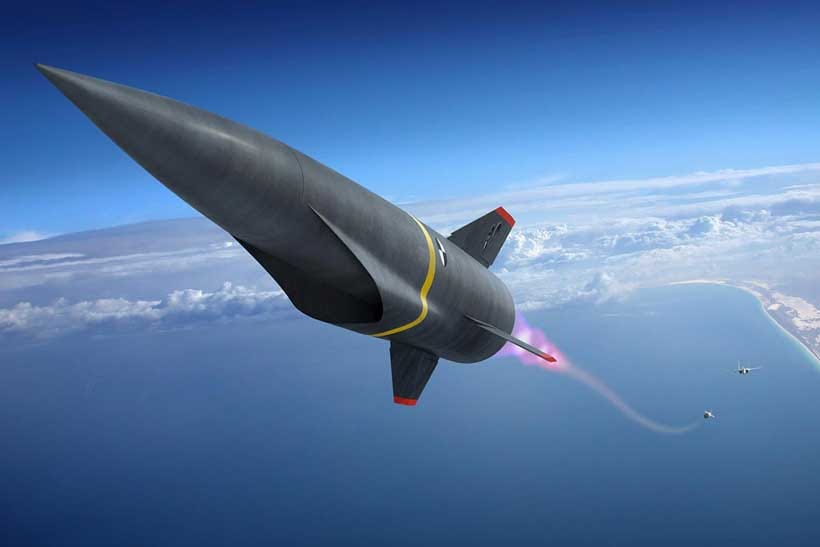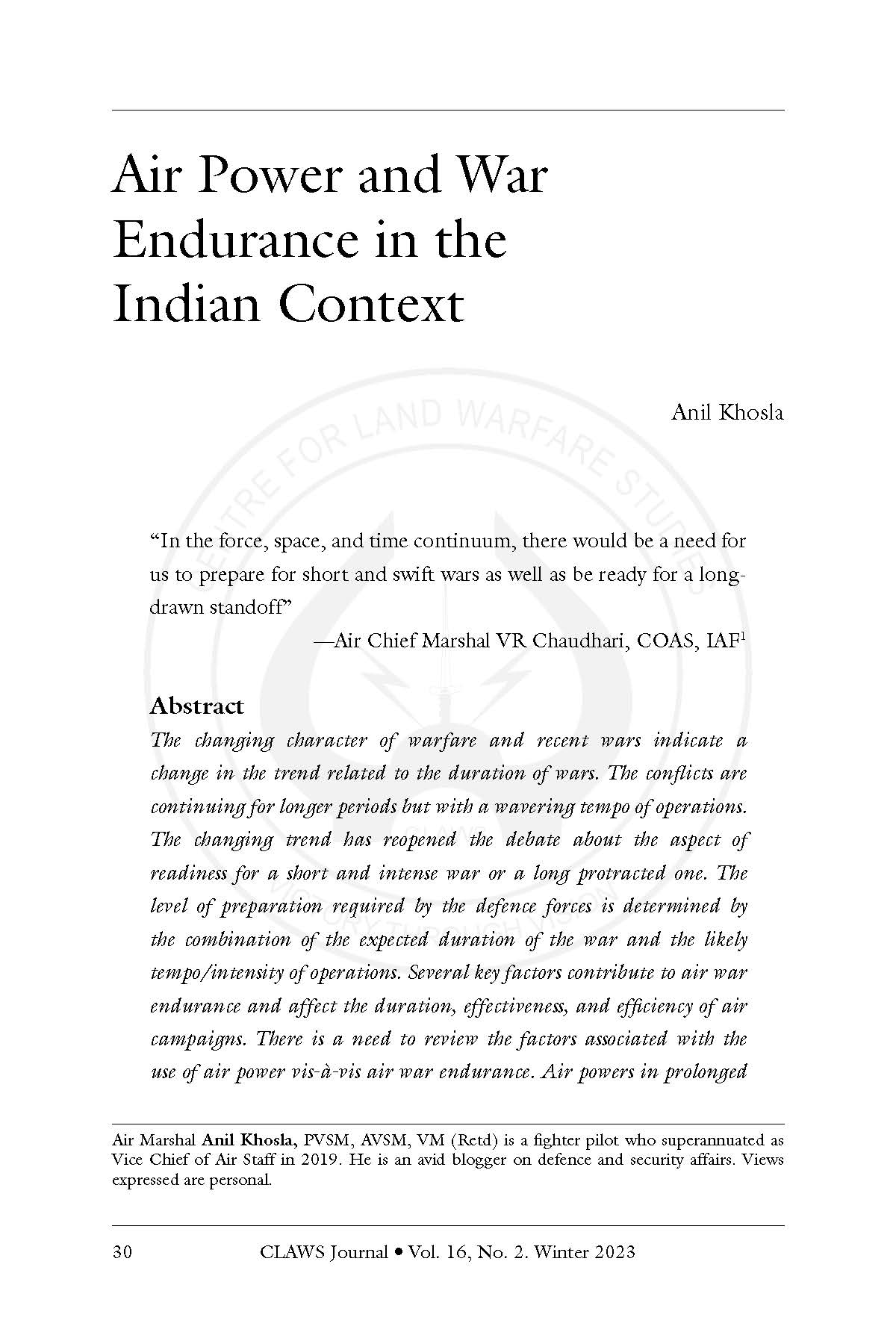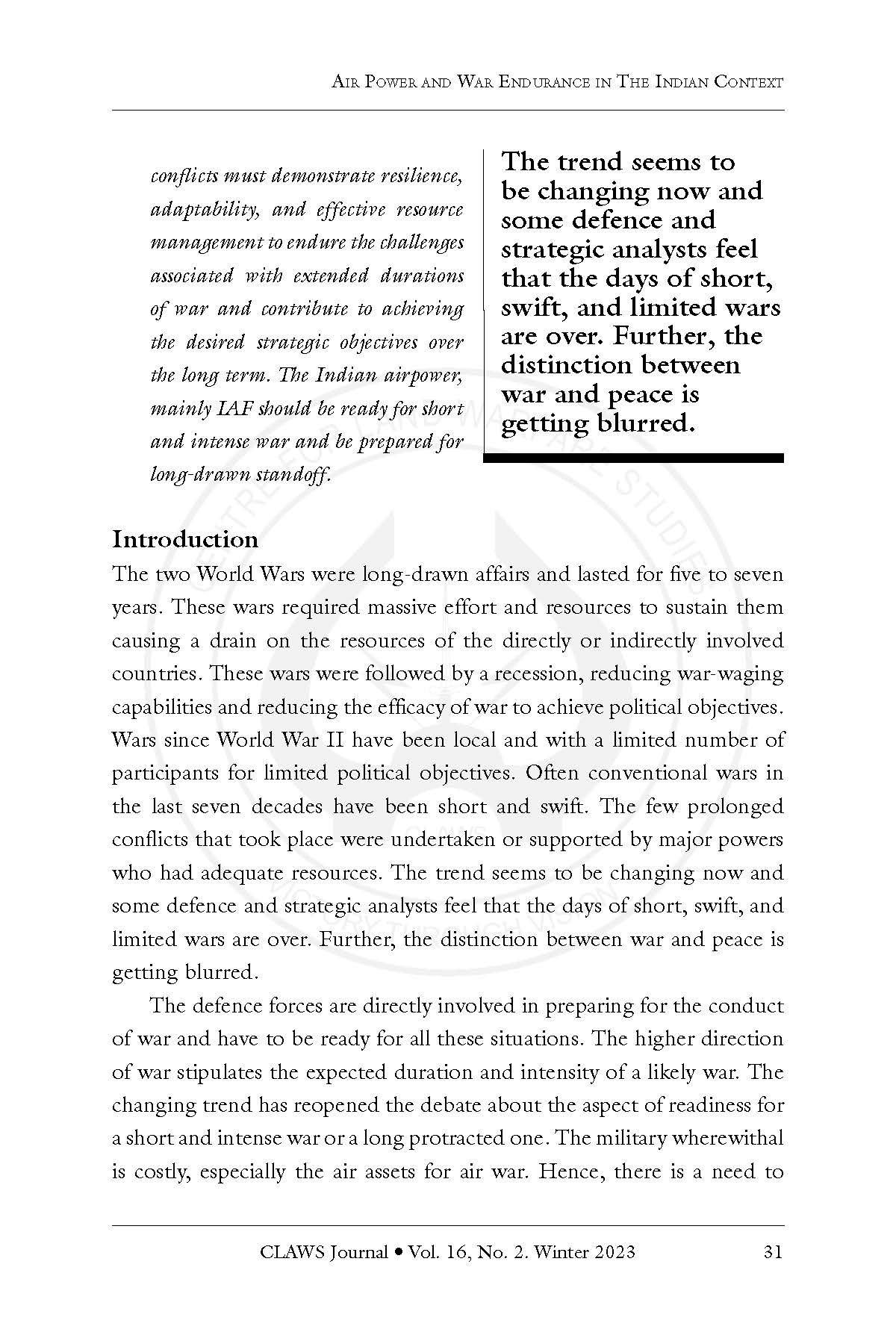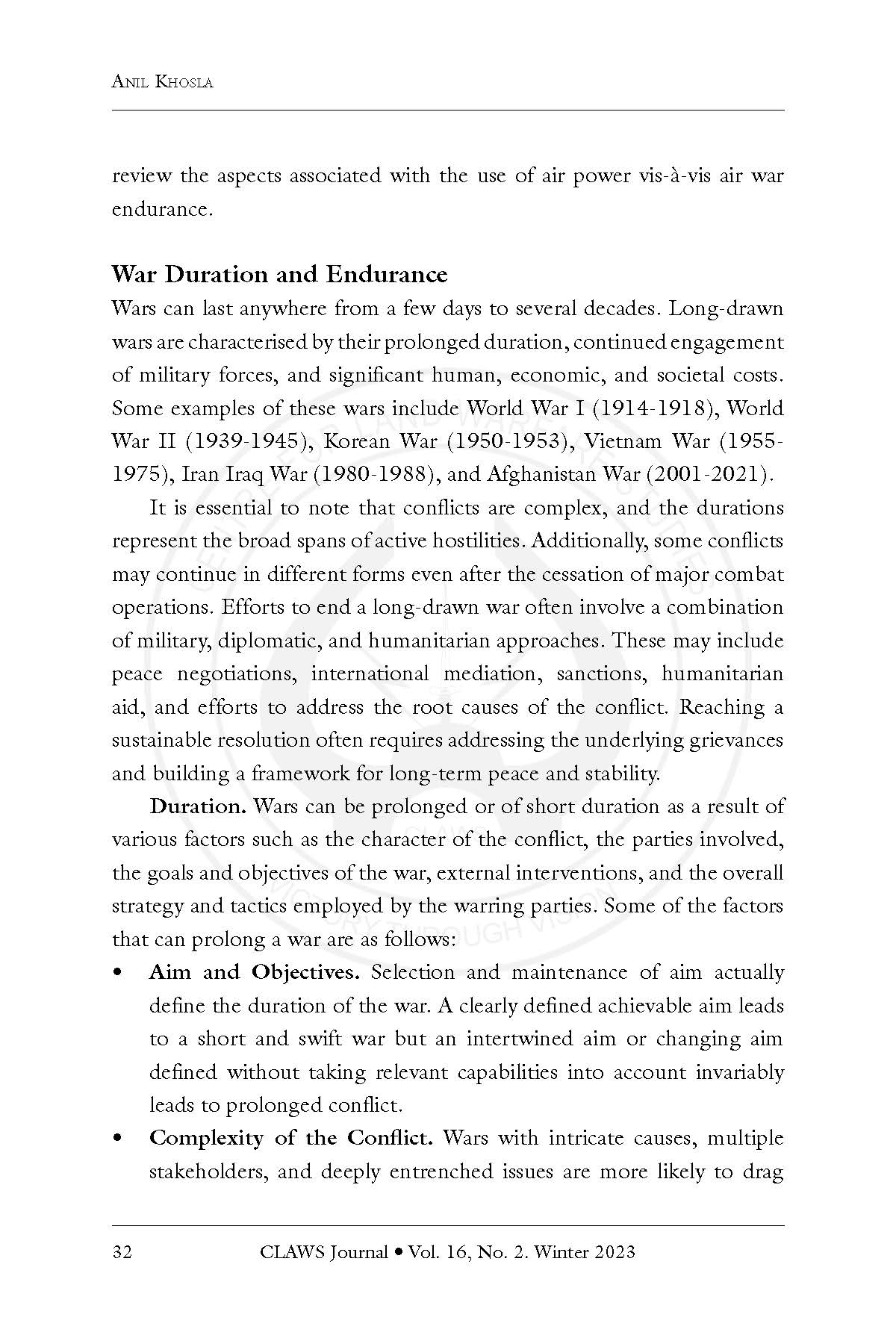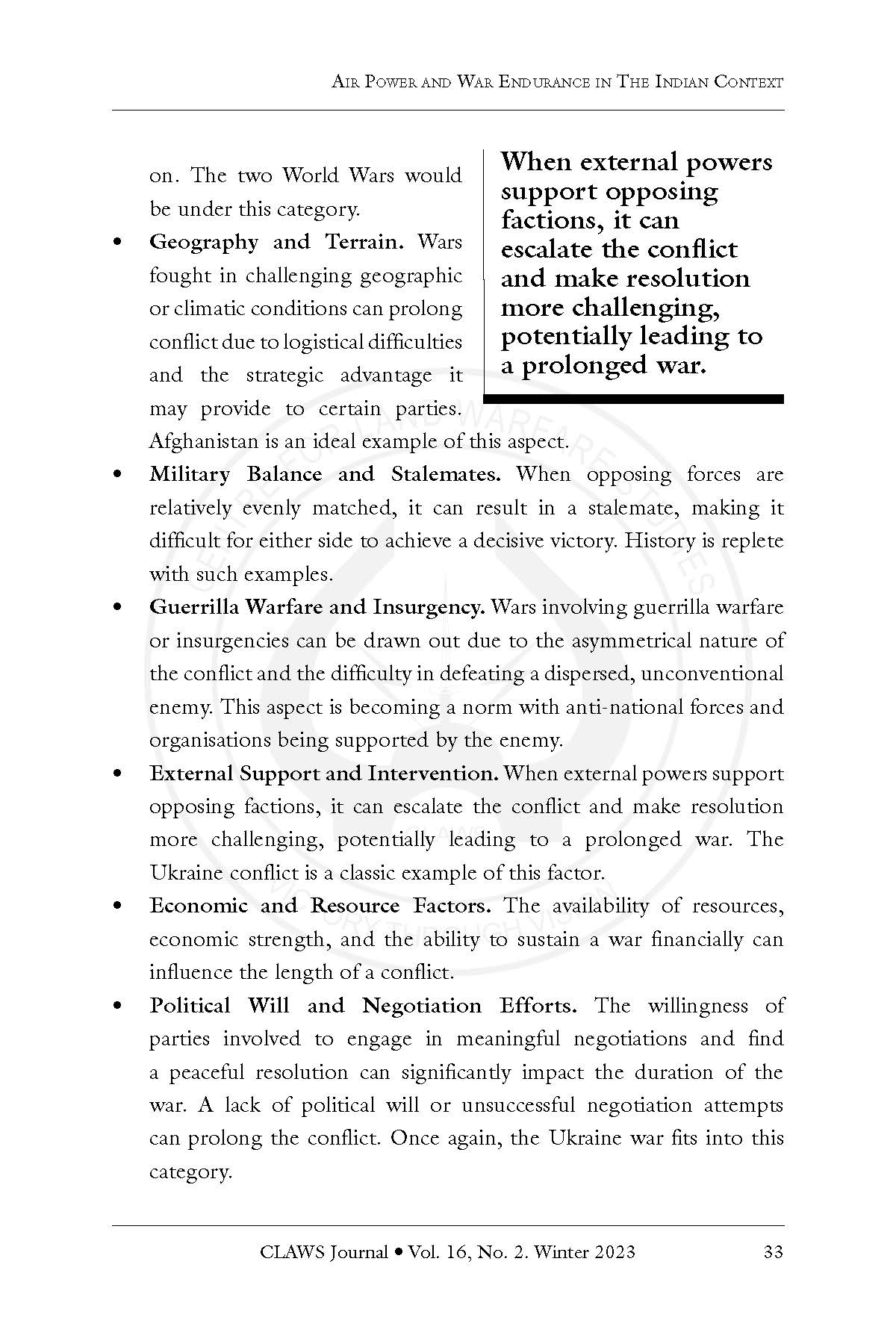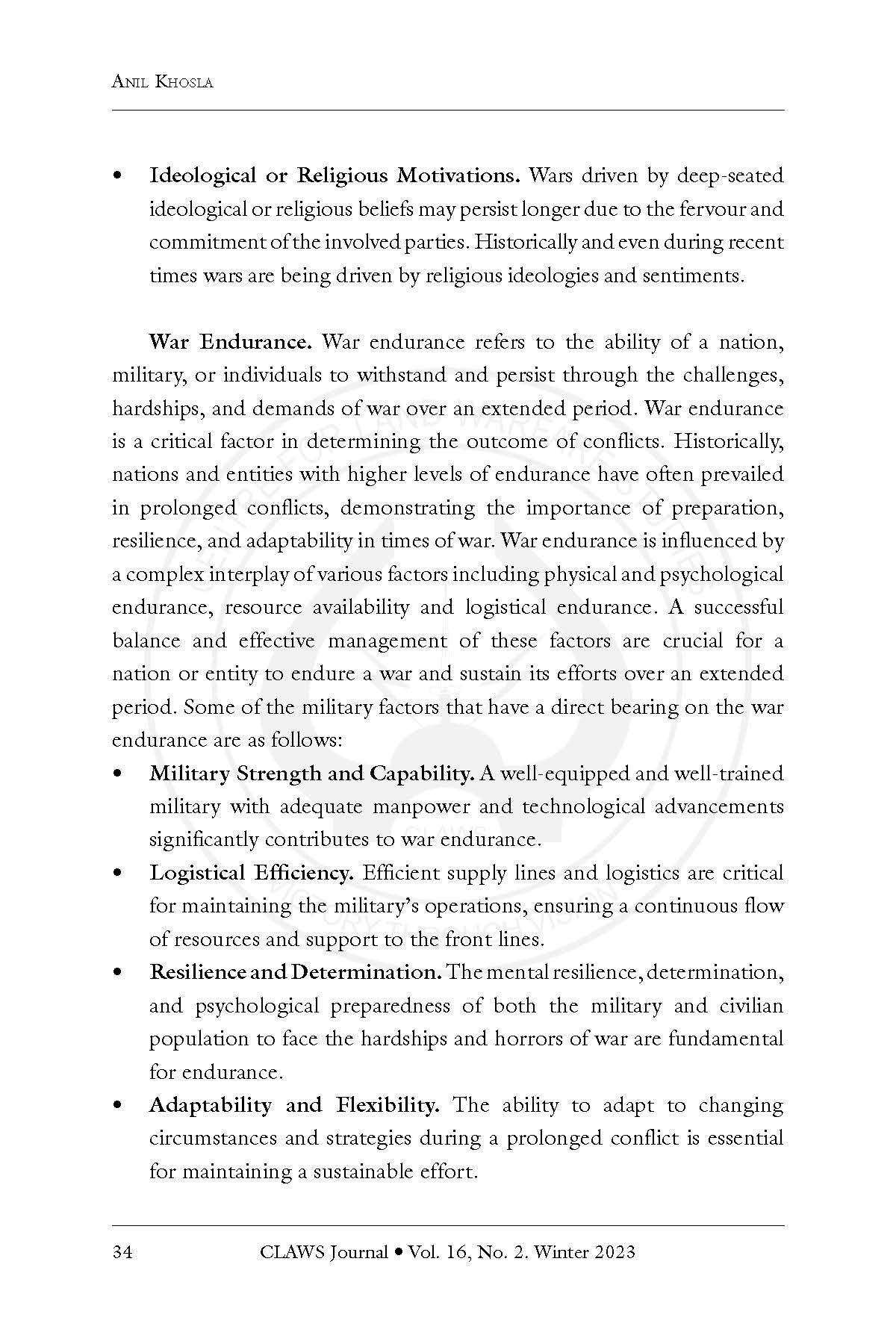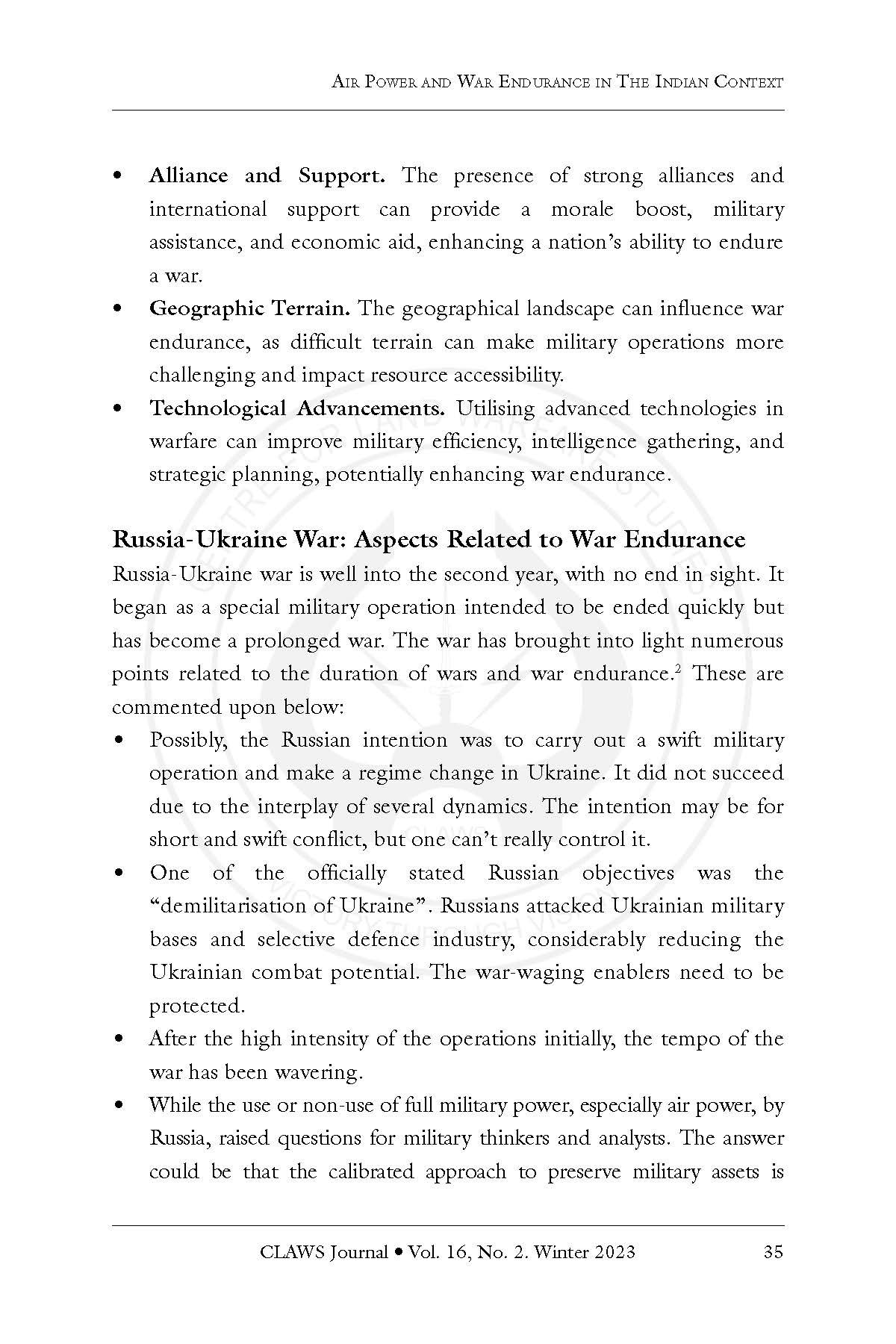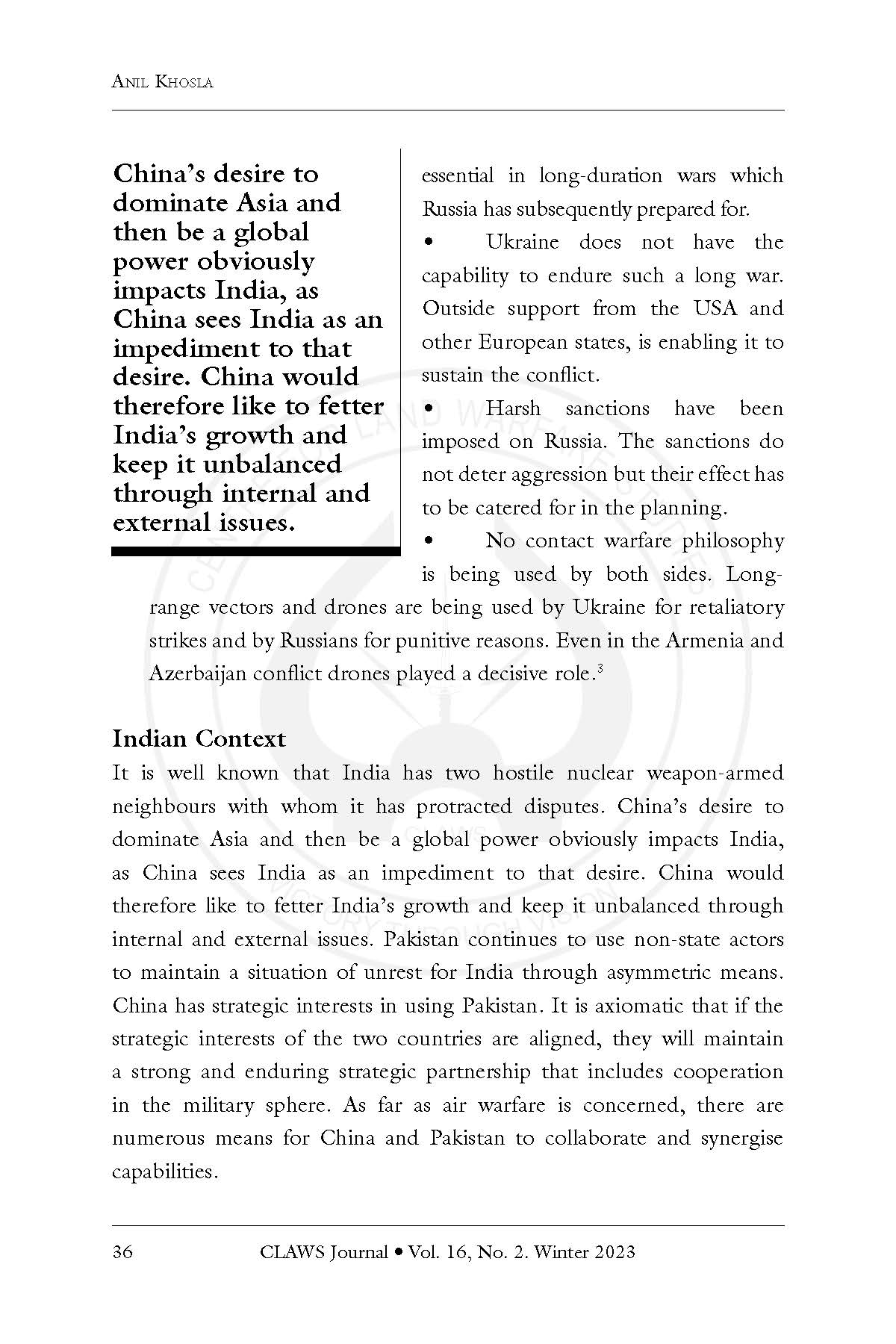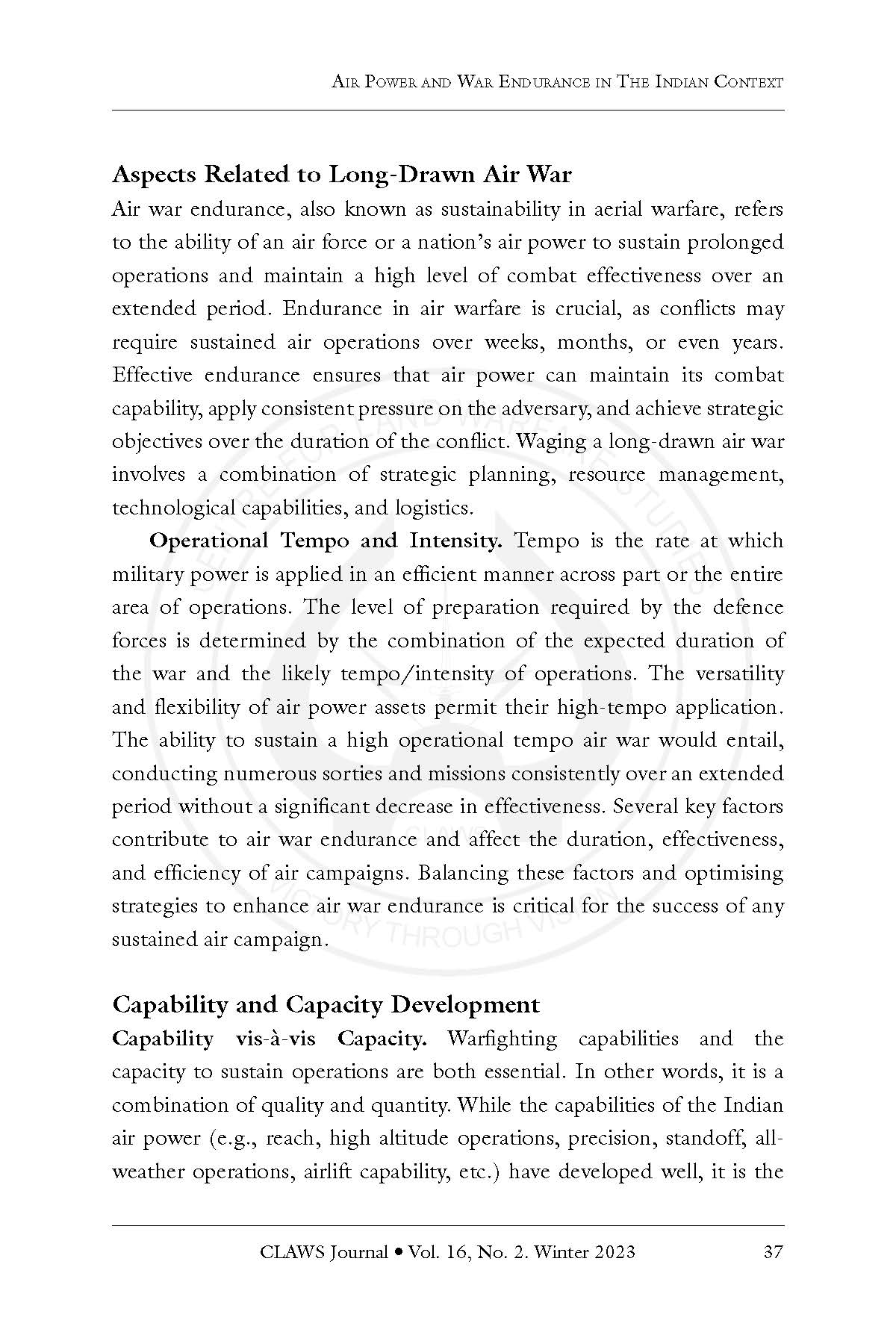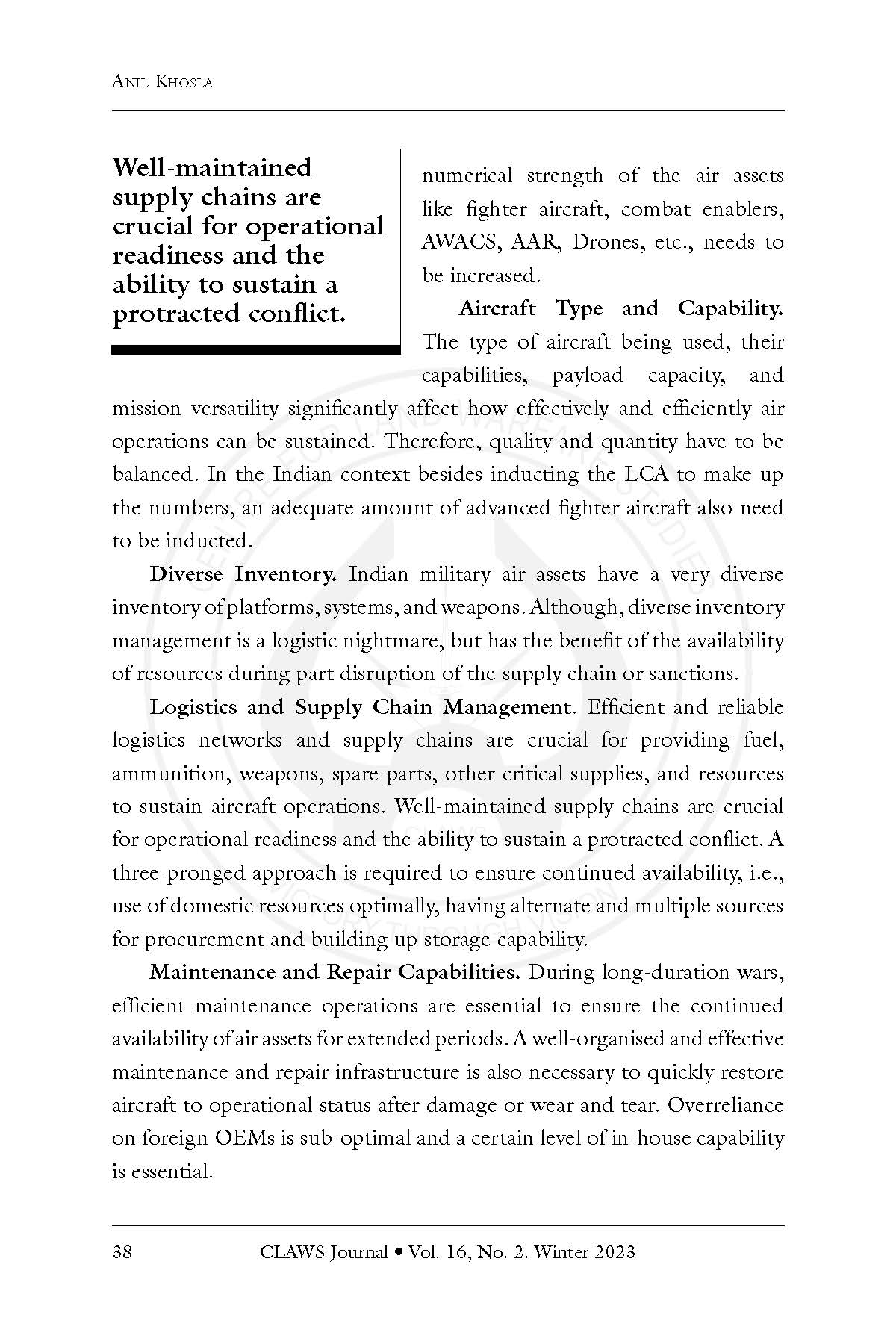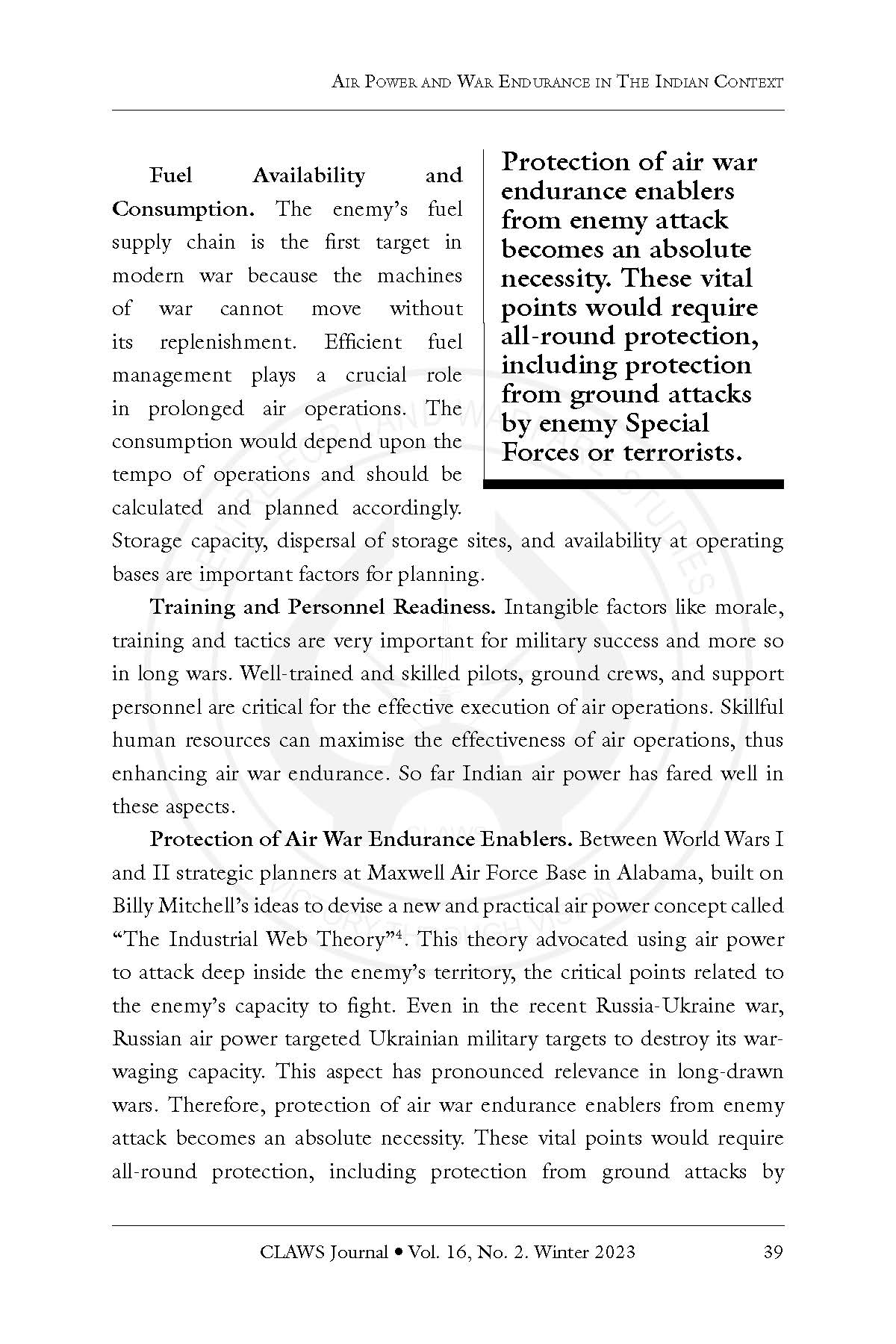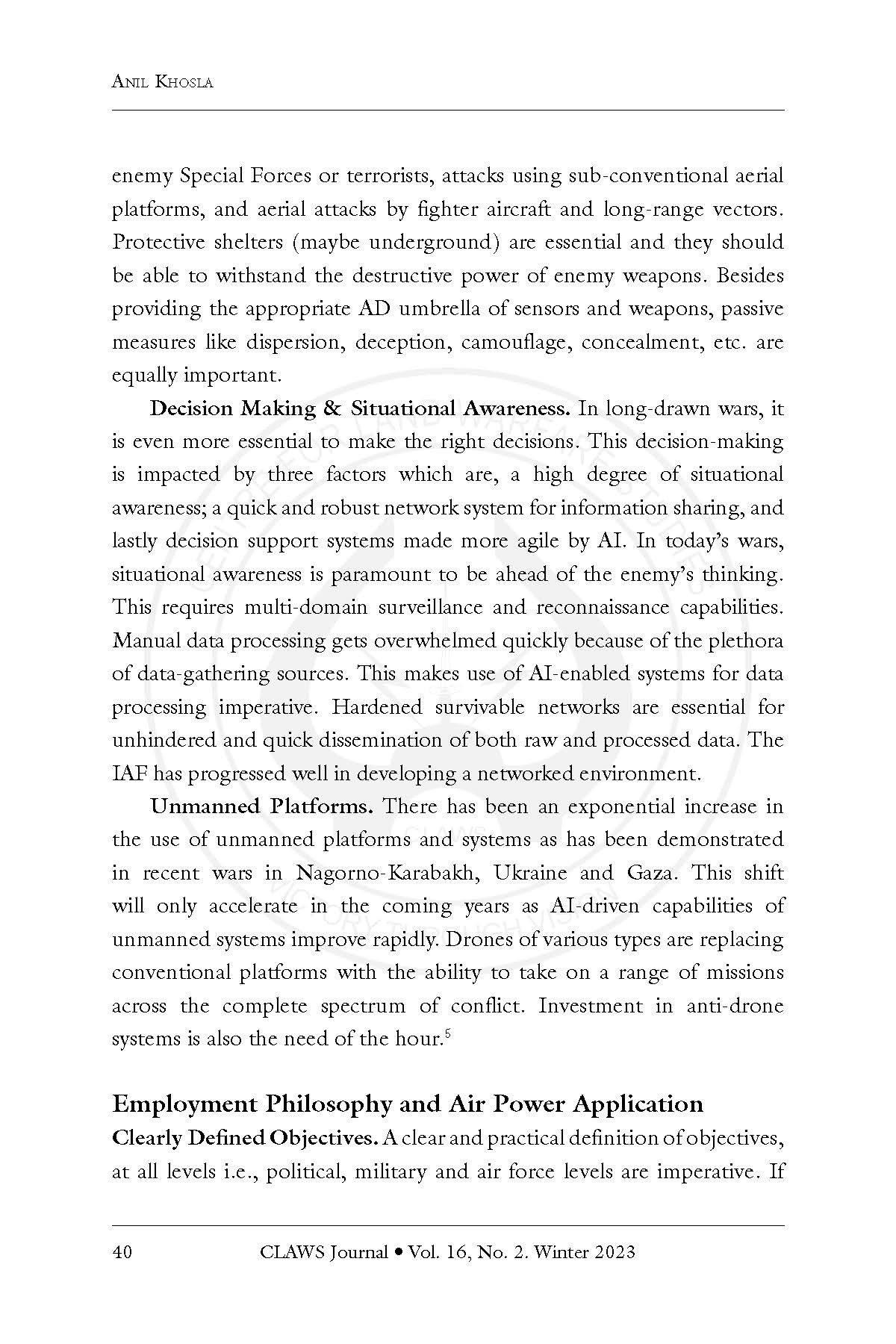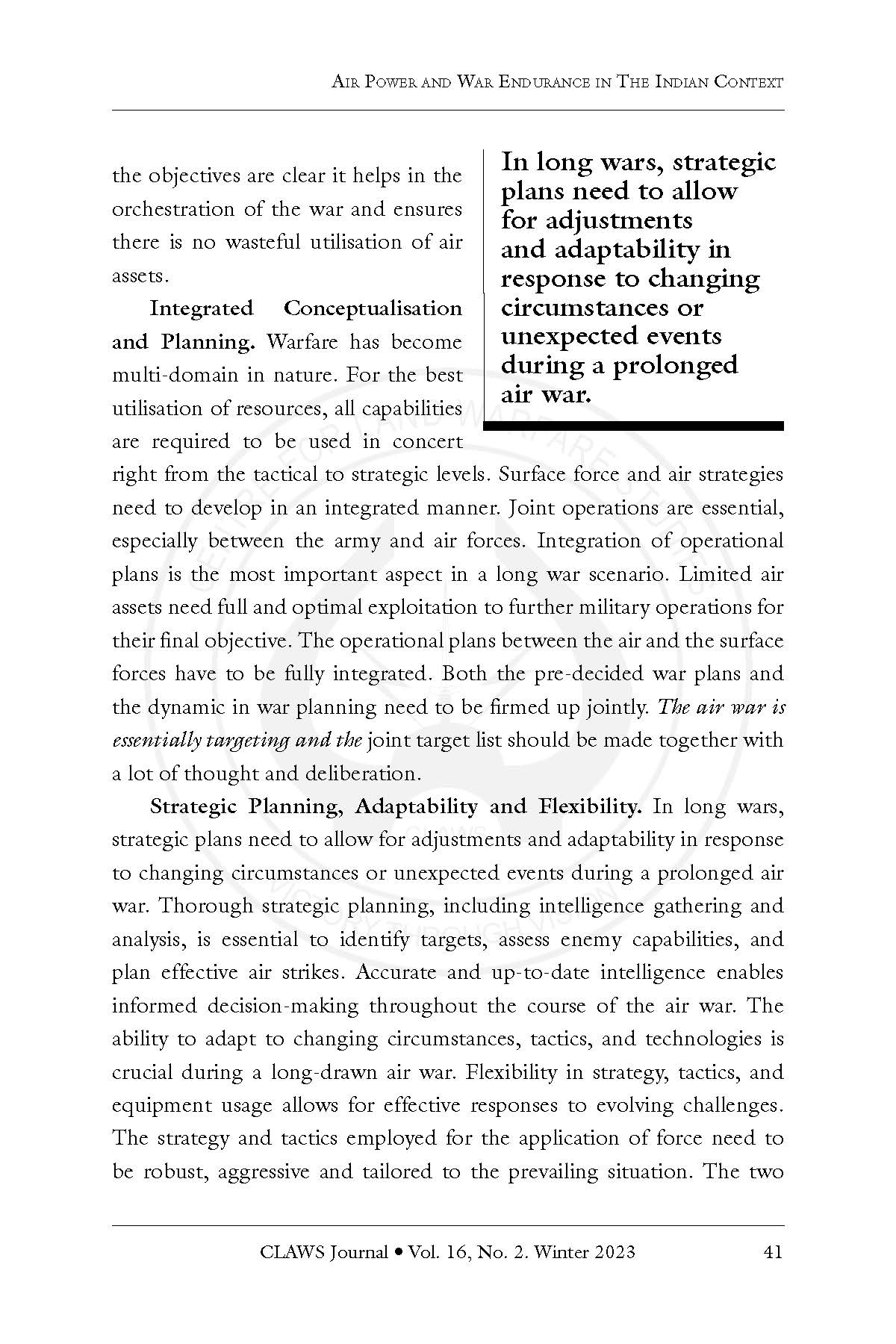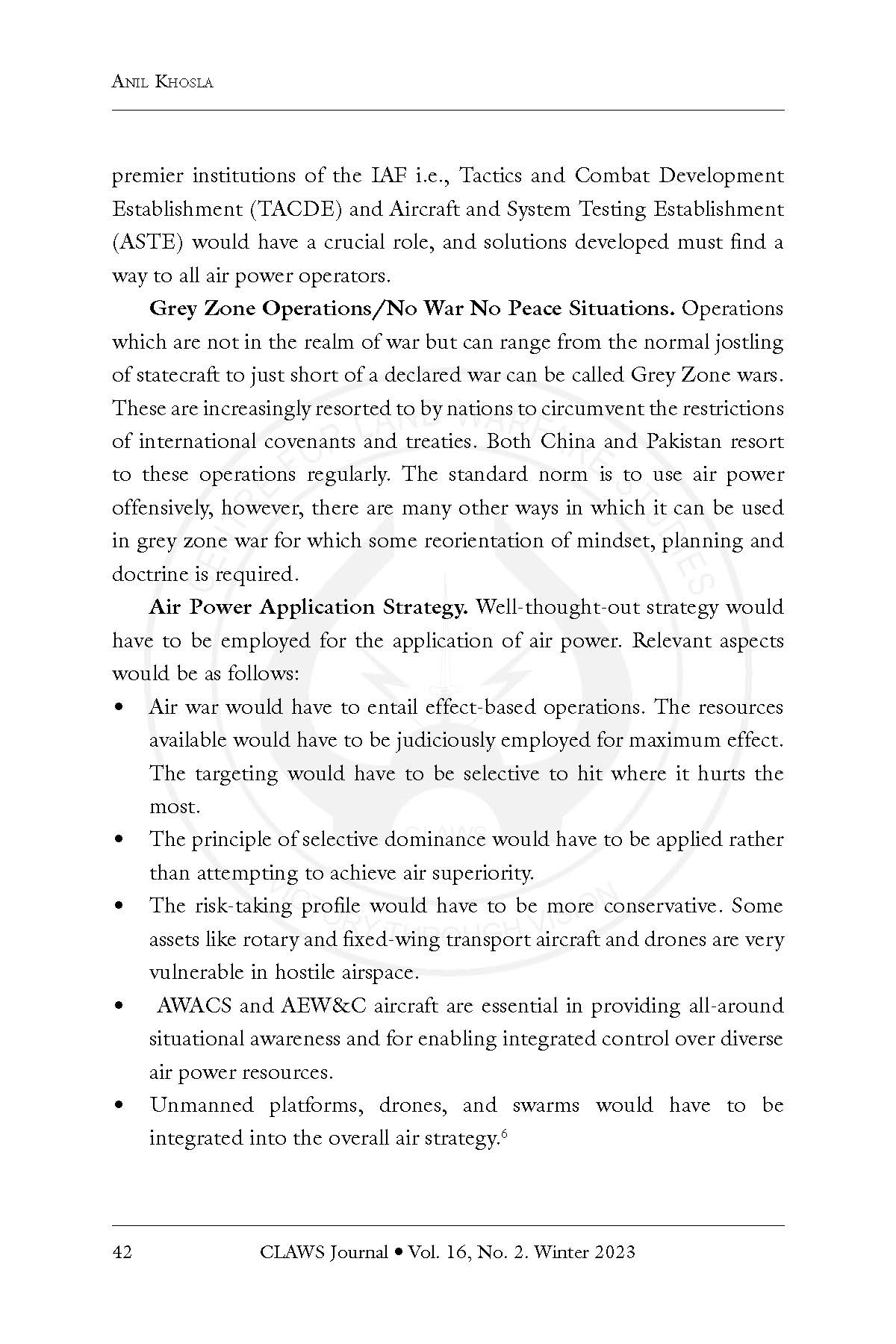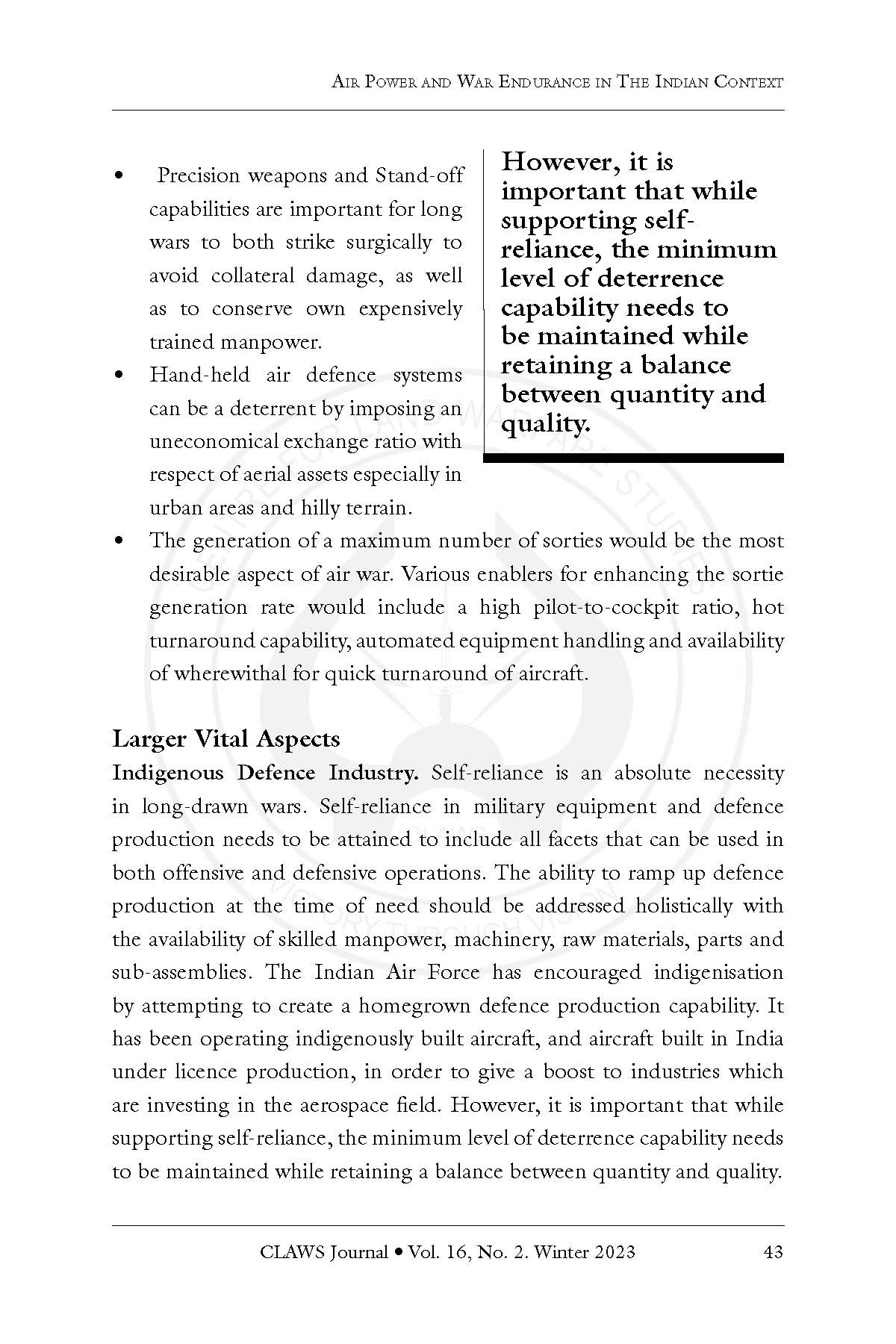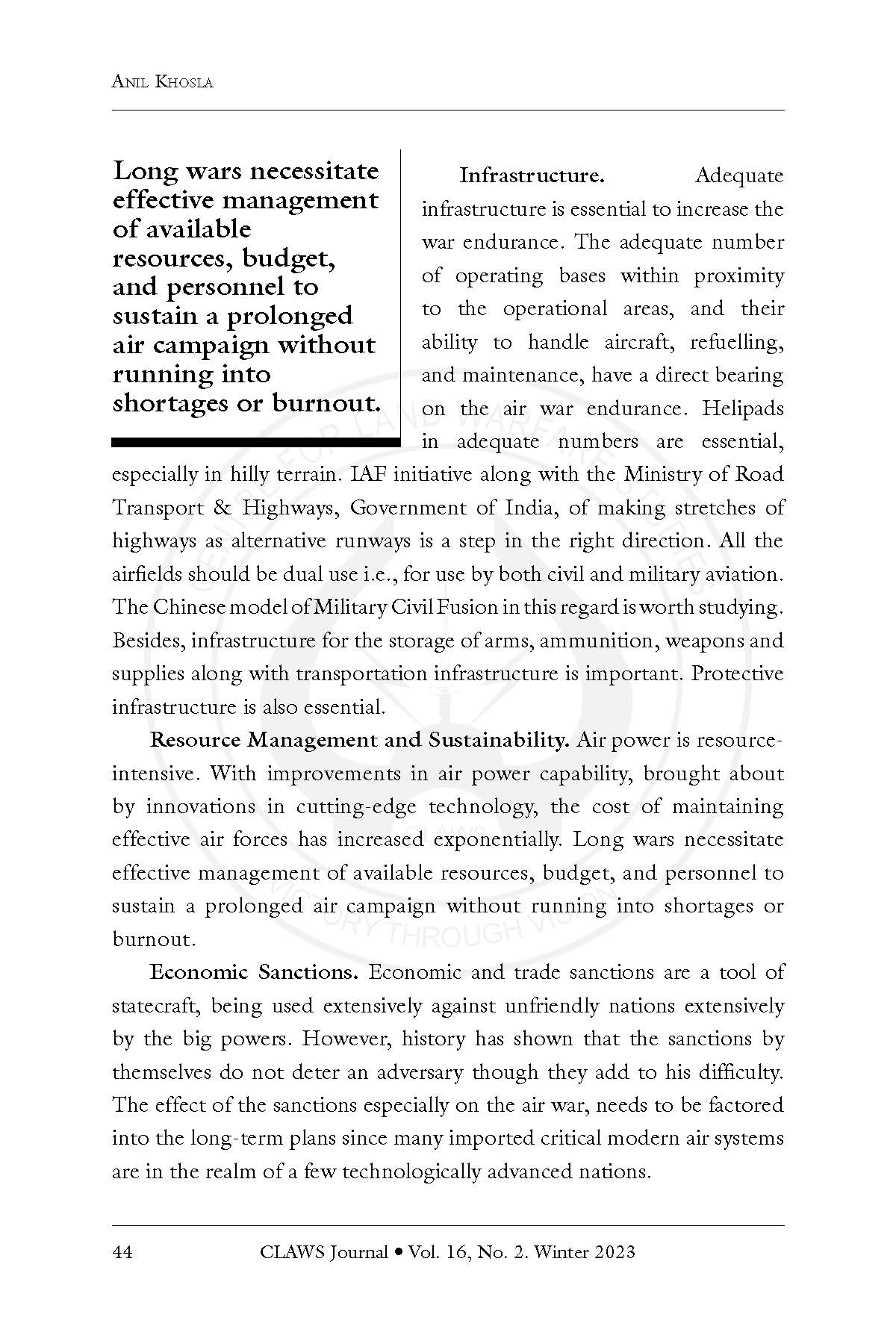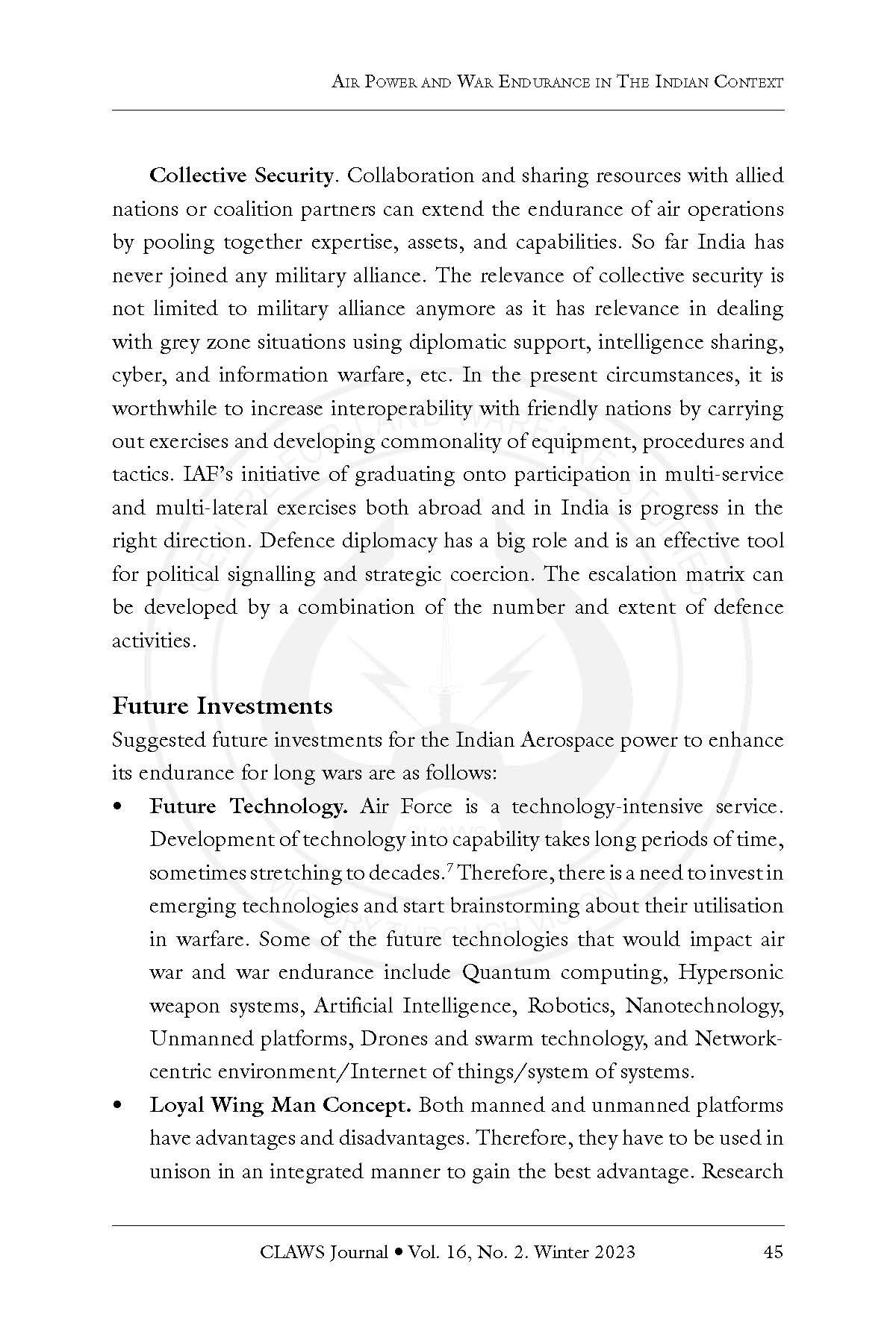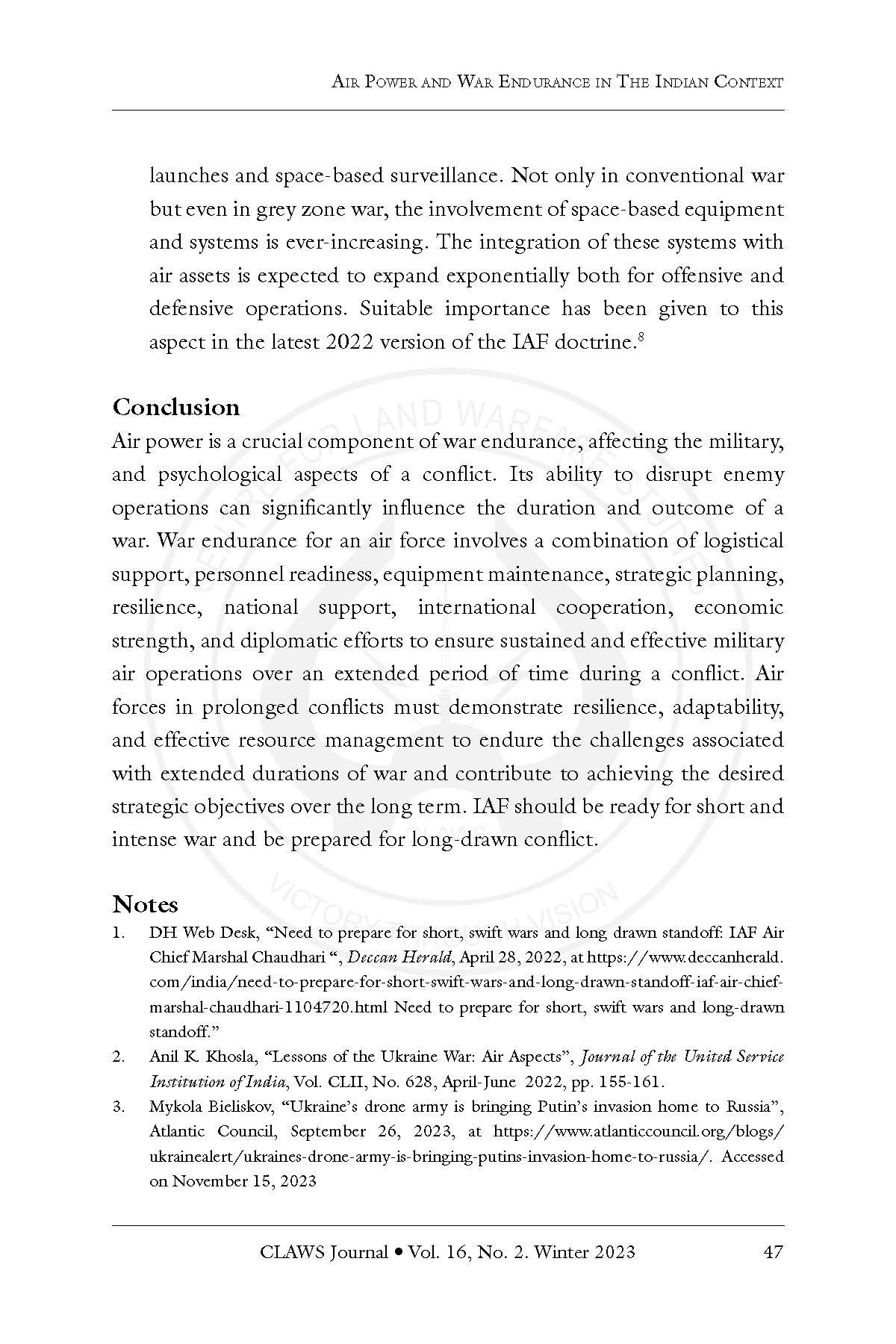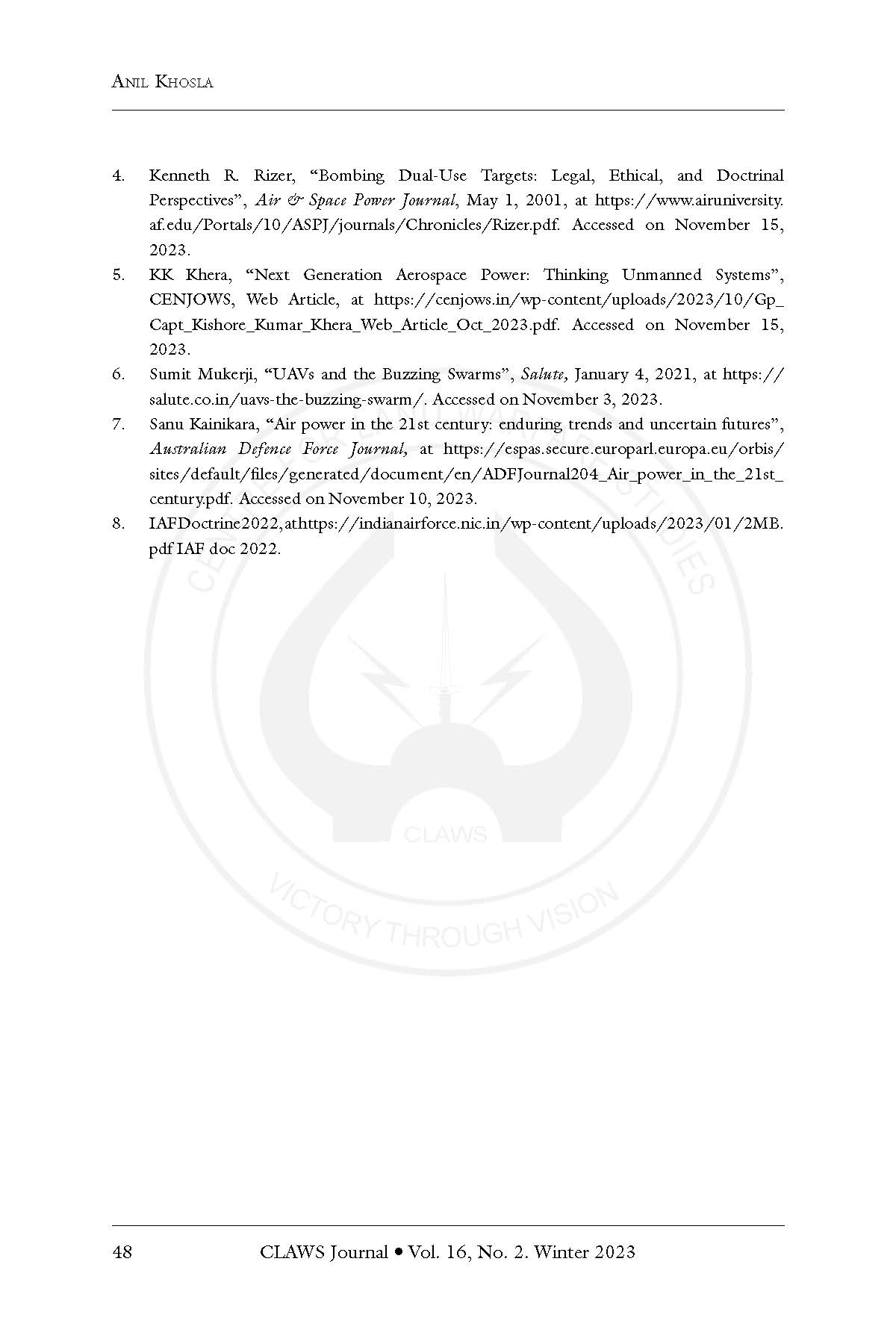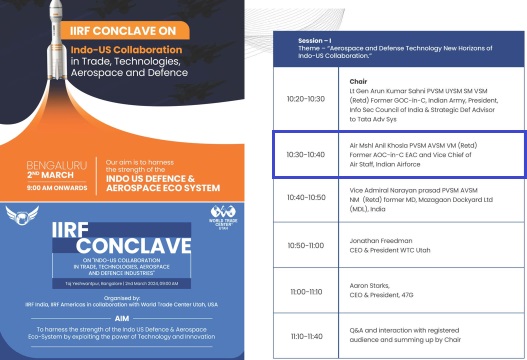
Indus International Research Foundation (IIRF) conducted a Seminar in collaboration with World Trade Centre Utah, USA.
The theme was “Indo-US Collaboration in Trade, Technologies, Aerospace and Defence”.
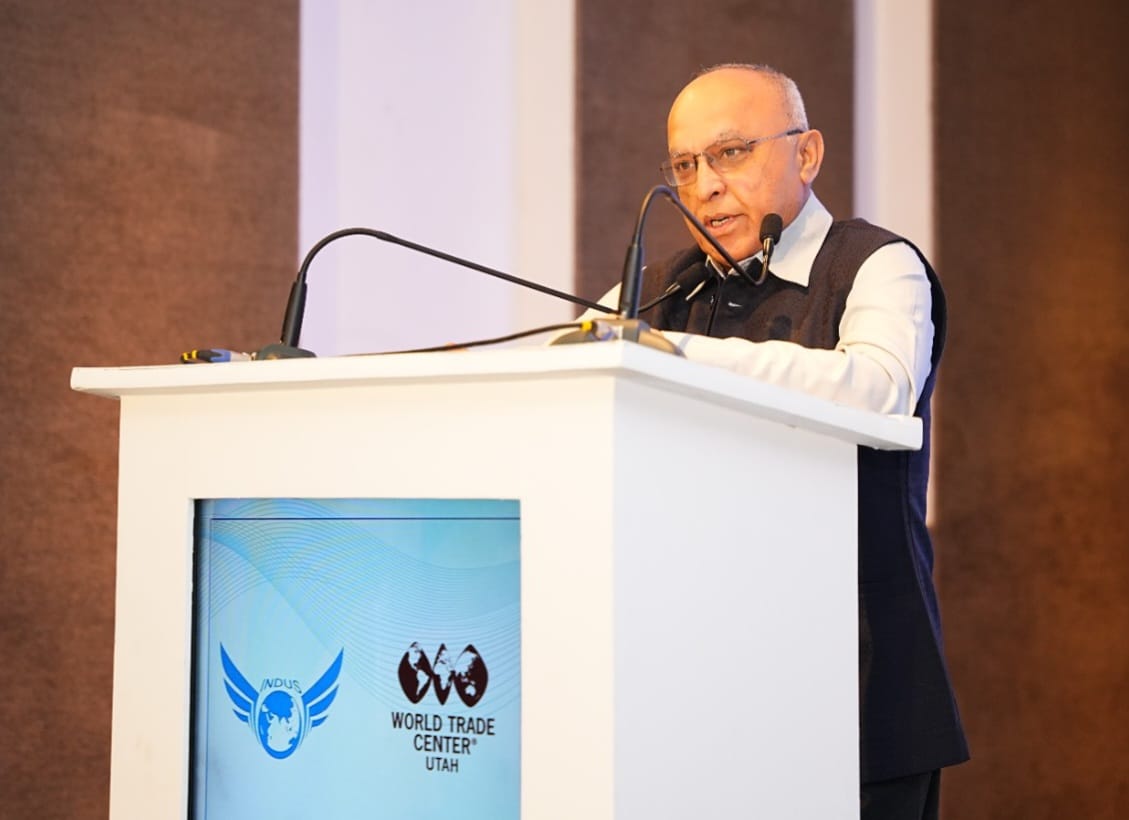
Spoke on the subject of Collaboration in Aerospace and Defence Technologies.
Touched upon the following:-
-
- Recent Trends in Indo-US defence cooperation.
-
- World in Transition & Repercussions.
-
- Relevance of Collective Security.
-
- Changes in Warfare.
-
- Reverse Globalisation.
-
- Indian Compulsions.
-
- Indian Approach.
-
- Approach to Collaboration.
-
- Trust Issues.
-
- Look at India as collaborative partner, rather than Just a defence market.
-
- Need to Empower India.
-
- Government efforts to encourage self reliance and ease of doing business.
-
- Make in India and Make for the world.
-
- Collaboration areas.
-
- Technologies for possible collaboration.
-
- Collaboration areas in air & aerospace domain.
-
- The way ahead.
Please click on the link below (Viewing time 10 Min):
Suggestions and value additions are most welcome
For regular updates, please register here:-
References and credits
To all the online sites and channels.
Disclaimer:
Information and data included in the blog are for educational & non-commercial purposes only and have been carefully adapted, excerpted, or edited from sources deemed reliable and accurate. All copyrighted material belongs to respective owners and is provided only for purposes of wider dissemination.

